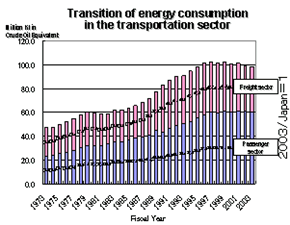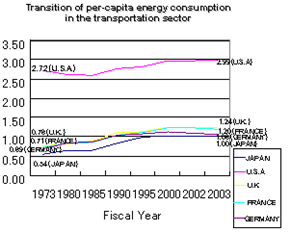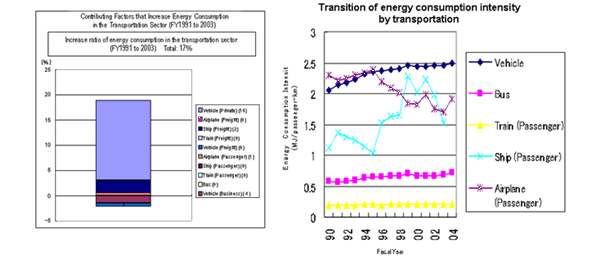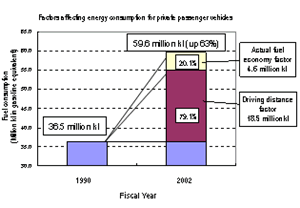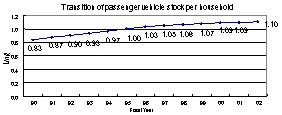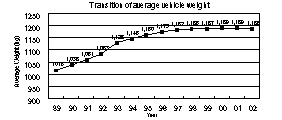Status of Management of Energy Intensity
in the Commercial Sector
in the Commercial Sector
Status of Management of Energy Intensity in the commercial sector】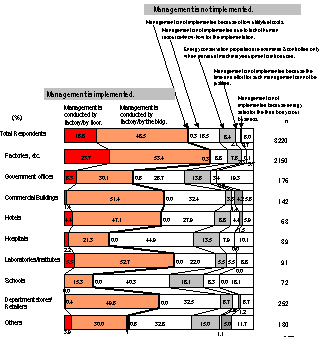 |
|
| Source: FY2000 survey on Type 2 Designated Energy Management Factories Energy Conservation Center, Japan |
